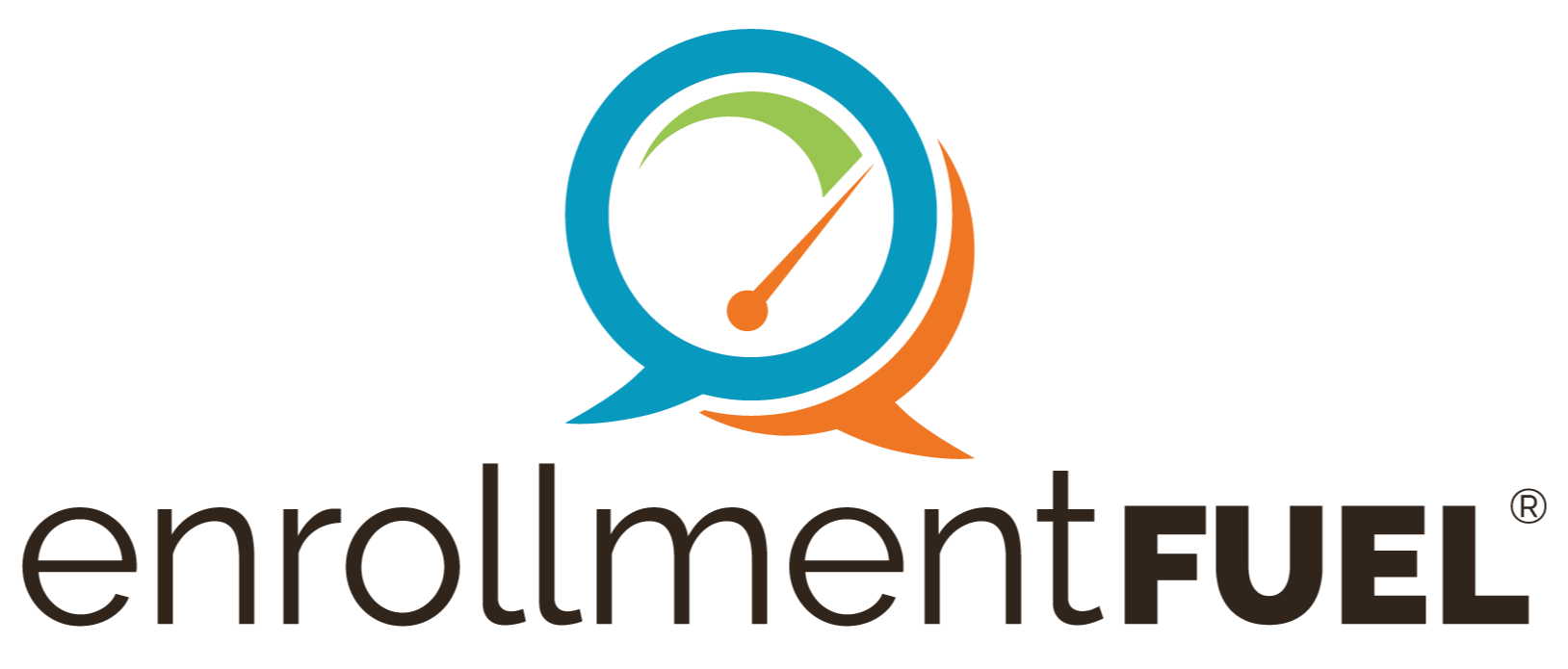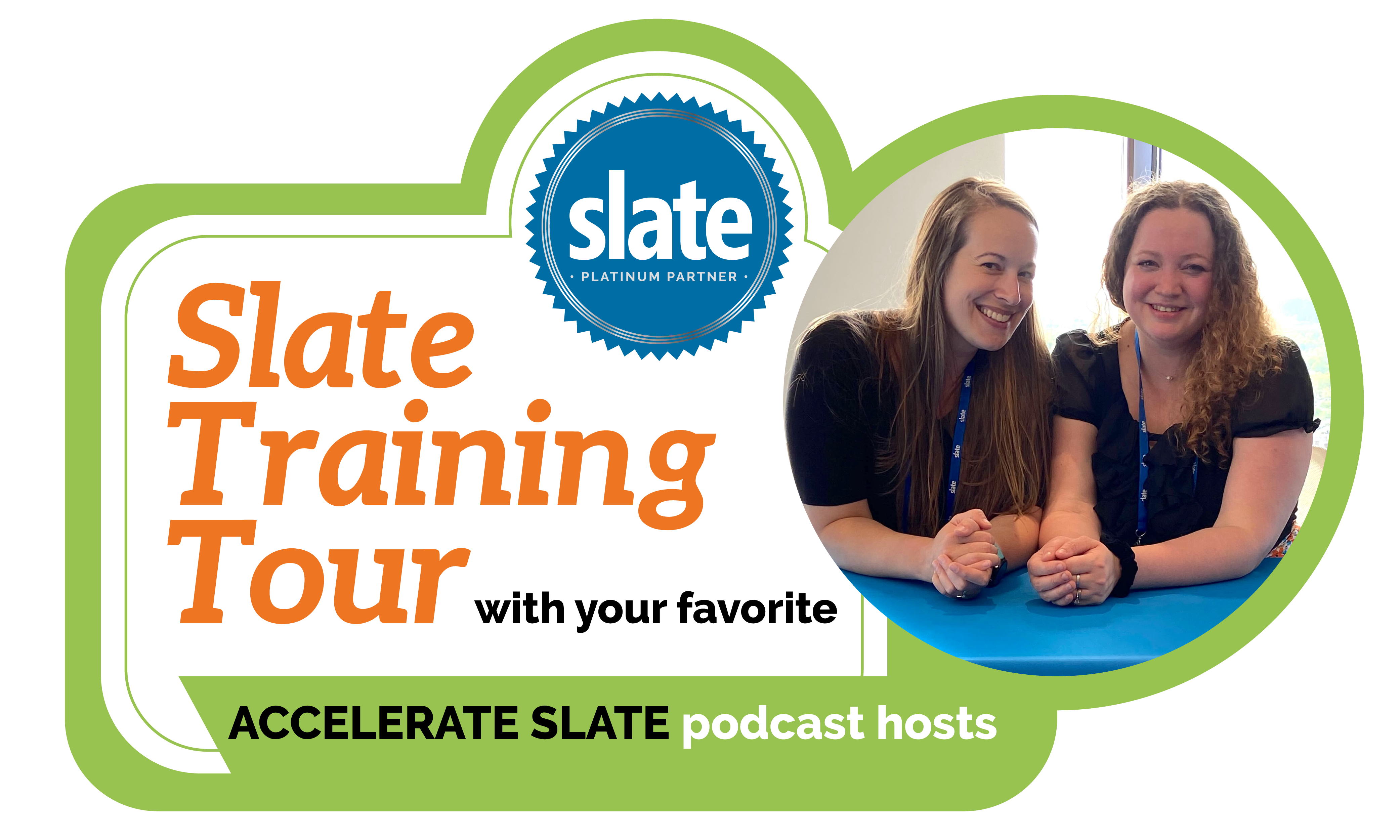5 min read
Powering Up: Enrollment Leaders battle the great resignation
One of my all-time favorite movies is The Replacements with Keanu Reeves and Gene Hackman. If you have never seen it, it’s the story of a fictional pro-football team that must scramble to find new players in the middle of the season due to a players’ strike.
In just one week, their newly-hired coach puts together a ragtag team of replacement semi-pro players who nobody expects to succeed. Yet, as you might have guessed, by the end of the story, the replacements have molded themselves into a well-oiled machine winning not just their games, but also the hearts of those watching.
I keep thinking of Gene Hackman’s character’s brilliant strategy as a coach. He invested in individuals and he took time to train them. In an unthinkable situation, he created a team where there was none. Sound familiar? It feels like many Enrollment Management leaders have been finding themselves in similar situations over the past two years.
The COVID-19 pandemic has certainly been one of the most influential events to shake up the industry since the advent of the Internet. The effects are far-reaching and continue to spread from the uncertainty among students and families, the campus closures and reopens, and the back-and-forth switch between online and in-person instruction, to enrollment declines and budgetary shortages, among many others. And now, we add on the Great Resignation.
As an enrollment partner, the enrollmentFUEL team has recently been working with numerous admissions, marketing, and financial aid offices that are severely understaffed. In the admissions world, there has always been an inside joke that staff turnover is a constantly revolving door, and we, as an industry, have embraced that to an extent. However, the past months have been, to use an exhausted description at this point, unprecedented. Nothing about what colleges and universities are facing feels like “business as usual” anymore.The only constant has been, ironically, change.
It’s the beginning of a new year, however, so what better time to take a breath and anchor ourselves in tangible actions—especially for the sake of anyone just entering the Enrollment Management profession.
Below, we have compiled some ideas on specific actions that might help you develop your own successful team and address staff retention for the coming year (or five).
1. Take training and onboarding to the next level:
Training is a must; there is no doubt about that. The foundational knowledge an admission counselor needs to be successful in their position is often underestimated. On occasion, I have seen counselors’ onboarding take less than half a day, with a quick manual that tells them how to answer some questions and maybe how to use the systems, but nothing about why they are doing either. Instead, why not create a robust, scaffolded multi-day training program that helps any new hire connect the dots? (Or check out our REV Virtual Training Series: The Admission Counselor’s Guide to Achieving Recruiting Goals.) It will take some work on the front end, but when you launch your program, record training sessions for future reference, whenever possible. That way, new admission staff can refer to the training later, and having the recordings handy can reduce the “lift” required in the future should you see more turnover.
2. Involvement from the start:
This generation likes “hands-on,” “experiential” learning, and we don’t just mean the students you are recruiting. Getting your new counselors involved in decision-making or strategic planning from the start will create a sense of ownership in their job. Allow new staff to jump into tasks with meaningful work and do it early in the hiring process. It’s essential for them to see the importance of their roles. Consider developing a liaison program for admission staff with new academic programs, athletic teams, or campus committees. Encourage participation in local, regional, and national organizations (NACAC, AACRAO, or any of their regional subsidiaries) that will afford the counselors an opportunity for professional growth.
3. Allow for flexibility:
This one is a direct result of the COVID-19 pandemic, but also definitely a shift that started before March of 2020. Whether this means allowing for variable work hours, alternating between working in the office vs. work-from-home (WFH), or redefining workspaces, introduce flexibility where it makes sense for you and your team. If there’s one thing people appreciated about COVID, it was the additional flexibility working from home afforded them during the pandemic. There’s a real focus on work-life balance now, and it is likely here to stay.
4. Put yourself back in their travel shoes:
Maybe it’s been a few years (or a decade or two), but almost all enrollment leaders started their journey as “road warrior” admission counselors. Try to remember what it felt like to recruit a new class for the first time: the wide-eyed belief in the institution you represented, the excitement of travel season, the way meeting one great student at one college fair could make the whole week of sleeping in hotels feel worth it. Tell your stories to your staff and listen to theirs. Connections establish trust and validate their roles, and ultimately, that connection might be the reason they choose to stay on your staff or continue growing in the profession.
5. Utilize alternative resources to address shortages:
If you’re short-staffed due to someone resigning, the intuitive thing to do is to redistribute responsibilities among the existing staff. I would encourage you to explore other alternatives. While you may consider leaning on the counselors who are still there, that might create more pressure, affect the quality of their work, and lead to burnout. Instead, engage your alumni whenever possible—in most cases, they will jump at the opportunity to help with recruitment efforts and relive the memories of their time on campus. Or, utilize strategic partnerships. Partners, like enrollmentFUEL, can now offer a variety of short and long-term solutions (from Student Search and lead generation to CRM consulting, calling campaigns, and digital marketing) that can help put your mind at ease and ensure that your counselors are not shouldering another part-time job for no extra pay.
6. Train your own replacements:
This might sound a bit impending, and it is. Do not underestimate the power of mentorship as professional development. We need to identify, build up, and promote the next generation of enrollment leaders—the “lifers,” if you will. They are probably already on your staff, so it’s important to sense who they are—the ones with a heart for Enrollment Management who you see as future directors and VPs. They might be the ones who spend a little longer with the families, who always run behind on their campus tours because they love to chat, or those who are first to volunteer for a Saturday Open House. They might come back from three months of travel energized and refreshed. See them, engage them, invest in them. Find those diamonds in the rough, your ragtag team of players with potential. The work that you put in this effort now will not be wasted. In fact, you will be actively rebuilding the future of Higher Education Enrollment Management.
Related Articles
Give Your Counseling Staff a Boost: Hiring Current Students to Offset Staffing Shortages
We’ve talked about it for months, but the need for these conversations hasn’t subsided: the Great...
6 Benefits of a College Student Ambassador Program | enrollmentFUEL
Higher education enrollment management professionals and marketers often share a similar goal: How...
Higher Ed Blog Articles | 5 Ways to Reach Your Audience on TikTok
Are you looking for new ways to reach your target audience and engage with them on social media?...




